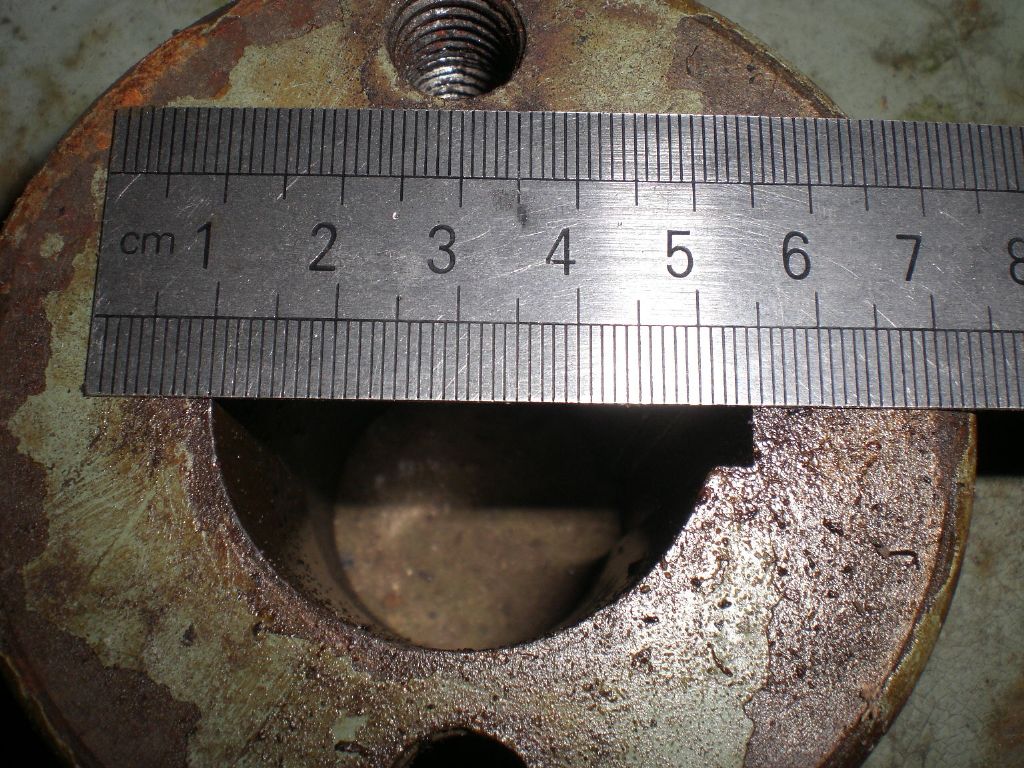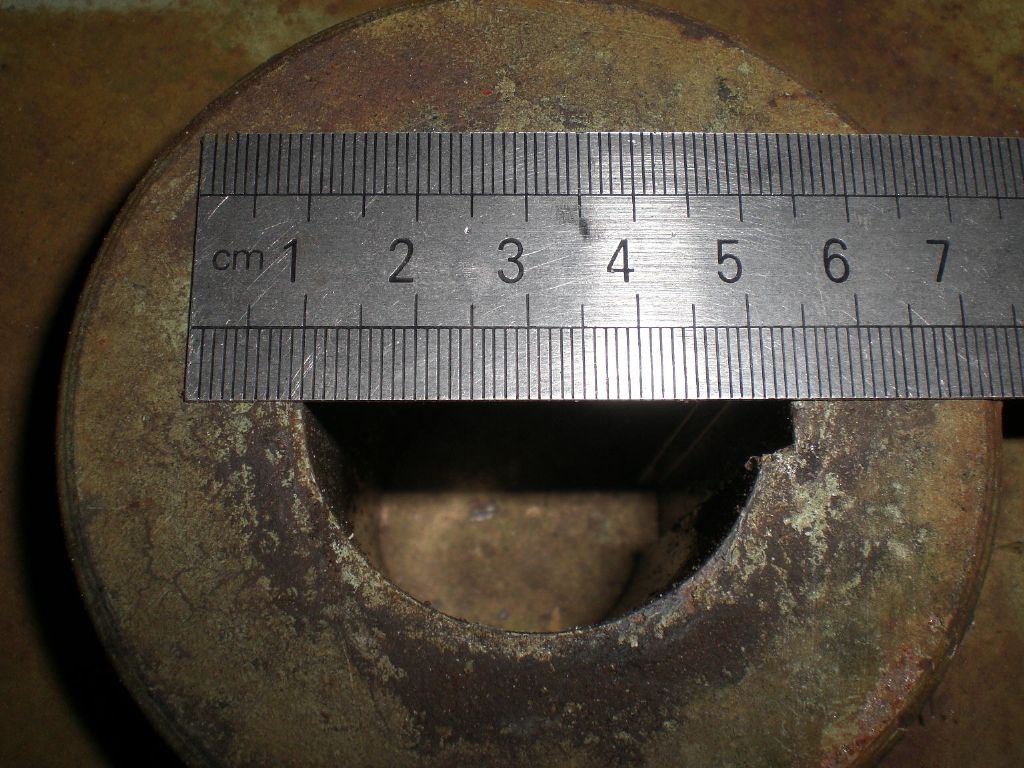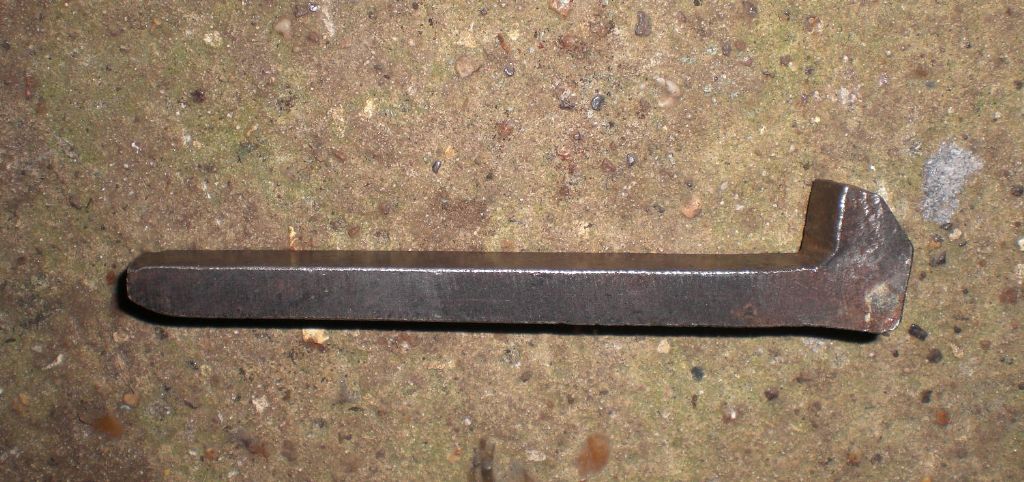Posted by Lambton on 11/02/2013 08:44:23:
How do you cut a tapered key slot in the hub for a gib head key ?
Paul,
You don't.
The keyway in the shaft and in the hub must be of even depth. When driven home the tapered gib headed key distorts slightly within the elactic limit of the material and locks the assembly tight.
Keys are made from a special grade of steel (not mild steel) in order to give them the abilty to be slightly distorted and not become loose over time due to creap.
Gib headed keeys are often difficult to remove as they grip so tightly. It is very easy to distort or even snap off the gib head as restorers of old engines often find out.
Hi, well in all my years of being a maintenance fitter and fitting countless numbers of fans, motor pulleys, conveyor drum rollers and many other things using tapered gib head keys, I've never known them to be fitted into a boss that has not got a tapered keyway, and as far as driving them home so they distort is beyond me. They should hold in much the same manner as a Morse taper.
The two photos below show the keyway of a straight bore motor pulley, which was held on with a tapered gib head key.


The top photo is the front end where the key is fitted into and the bottom one is the back end and the photo below shows the key which held it on. While comparing the two ruler measurements showing about half a mill difference, the actual difference to the best of my measuring is 0.7493 mm over the bore length of 82.09 mm, which pretty much equates to the standard taper of 1 in 100.

The key fitted tightly at both the front and back of the keyway.
As far as I'm aware there is nothing special about the steel use for the key apart from the quality, and they will file as easy as mild steel.
When fitted, gib head keys should always be in contact with both the straight and tapered sides with the relevant keyways in the boss and shaft along the whole length of the bore of the boss.
Tapered gib head keys can be a problem to remove, depending on the conditions in the environment that the machinery is used and also how well (or badly) they are fitted. The one in the photo put up a bit of resistance but it had been outside in all weathers for well over 20 years. Soaking it with penitrating oil for a day or two and using a proper gib head key extraction wedge did the trick.
Regards Nick.
Robert Dodds.







